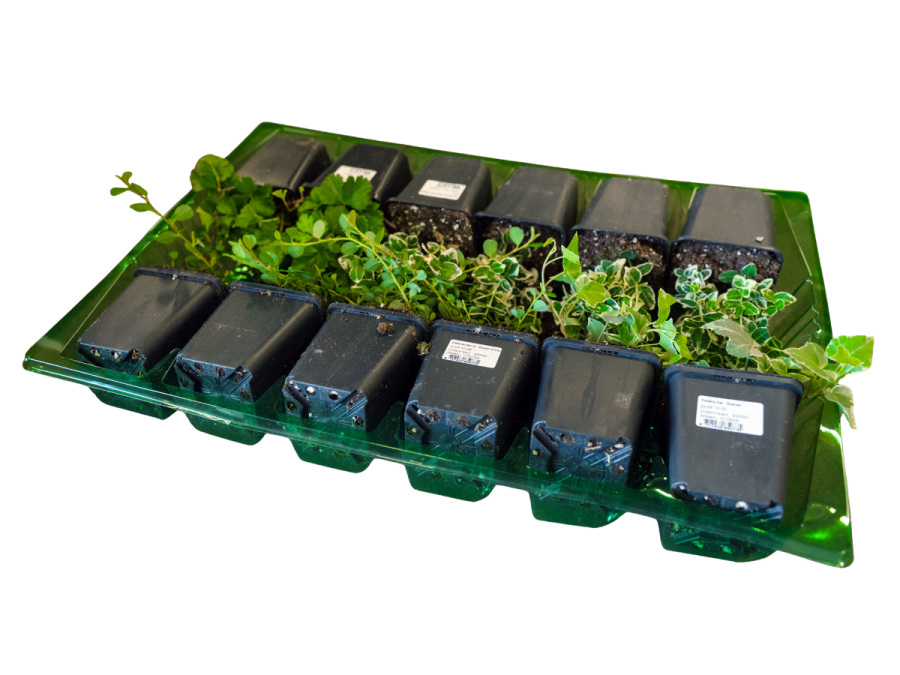Description
Pennisetum orientale | Oriental fountain grass
Pennisetum orientale, commonly known as oriental fountain grass, is a graceful perennial that adds a touch of elegance to any garden setting. With its feathery, brush-like flowers and lush green foliage, this plant is a favorite for border and group plantings, as it sways beautifully in the breeze.
Originating from the regions of Northwestern Africa to Southwestern Asia, oriental fountain grass is valued for its unique texture and movement it brings to landscapes.
Key features of Pennisetum orientale
The oriental fountain grass is an ornamental grass that offers a multitude of desirable qualities, including:
- It has an upright to bushy growth habit, reaching an ultimate height of approximately 60 cm, making it a perfect fit for garden borders.
- Its foliage remains green from spring to autumn, which contrasts beautifully with its summer flower colors of grey, silver, and purple.
- The oriental Pennisetum requires well-drained soil and can adapt to a variety of soil types, making it a versatile addition to any garden.
- It flourishes in full sun to partial shade, ensuring that it can thrive in a wide range of garden locations.
Tips
- When caring for your Pennisetum, it is important to provide average water needs, especially during dry periods, as it is not drought resistant.
- Pruning the plant after flowering can help encourage new growth and maintain a tidy appearance.
- Propagation of oriental fountain grass can be done by division in the spring or autumn to rejuvenate your plants and help them thrive.
































